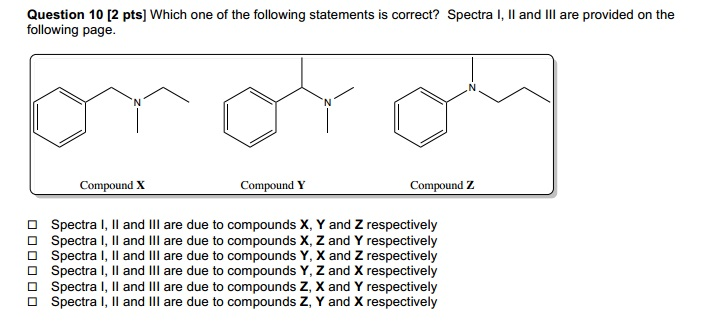

In both cases, though, the electron no longer has a definite $m$ value rather, it is partially in the $m = +1$ state and partially in the $m = -1$ state because it's in a superposition of these states of definite $m$ (just as Schrödinger's cat is not fully in the "alive" state or the "dead" state.)

So if the electron is in either of these superpositions, we can take its wavefunction to be entirely real-valued. P_x = \frac)īoth of these quantities are real (you should check this to satisfy yourself that this is true). The real hydrogen-like p orbitals are given by the following $$p_z = p_0 \\\\\ Every such orbital will occupy a maximum of two electrons, each having its own quantity of spin. The orbitals are given new names based on their shape with respect to a standardized Cartesian basis. An atomic orbital is a mathematical term in atomic theory and quantum mechanics that describes the wave-like behaviour of either one electron or a pair of electrons in an atom. In the real hydrogen-like orbitals, for example, n and ℓ have the same interpretation and significance as their complex counterparts$^1$, but m is no longer a good quantum number (though its absolute value is). These real orbitals are the building blocks most commonly shown in orbital visualizations.

Instead of building atomic orbitals out of the product of radial functions and a single spherical harmonic, linear combinations of spherical harmonics are typically used, designed so that the imaginary part of the spherical harmonics cancel out. While reading Atomic orbitals, I came before these two terms.Īn atom that is embedded in a crystalline solid feels multiple preferred axes, but no preferred direction.


 0 kommentar(er)
0 kommentar(er)
